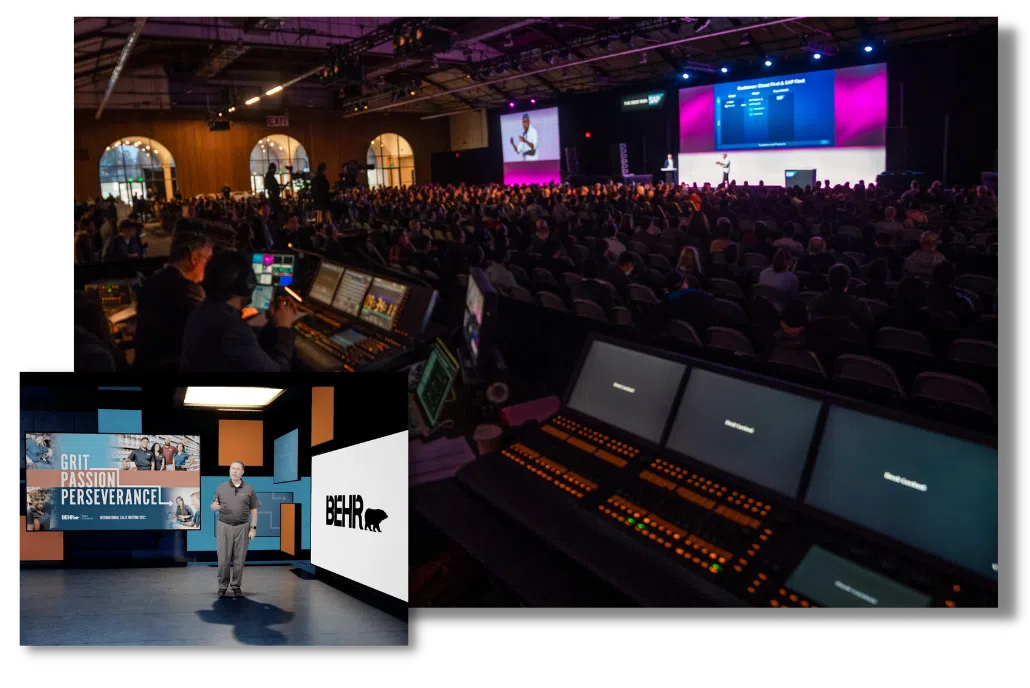One of the most important advantages of Light Emitting Diode display walls is their luminosity. LED technology produces vibrant and bright pictures that can be easily viewed in various illumination conditions. Unlike traditional projectors, which can have difficulty in well-lit environments, Light Emitting Diode display screens maintain their sharpness and color accuracy even in well-lit spaces. This makes them perfect for outdoor activities or places with large windows. The high brightness levels ensure that the content displayed is always clear, making it simpler for audiences to interact with the data being presented.
In furthermore to luminosity, LED video walls provide enhanced image clarity. They offer greater definition and better color rendering compared to traditional projection technologies. This means that pictures and videos displayed on an LED wall appear crisper and more defined. The dot density of Light Emitting Diode displays allows for close viewing without sacrificing sharpness, which is especially important in settings like exhibition fairs or meetings where viewers may be close to the display. Furthermore, LED tech can produce richer dark tones and more vibrant colors, enhancing the overall aesthetic impression.
Flexibility is another important advantage of LED video screens. These technologies can be configured in multiple dimensions and forms to fit varied areas and aesthetic requirements. Unlike conventional projectors, which require a particular spacing from the display to operate correctly, LED video screens can be set up in a variety of settings. They can be curved, tiled, or even used in creative layouts to create distinct display exhibits. This adaptability allows organizations to customize their visual exhibits to suit their specific needs, making Light Emitting Diode display screens a flexible choice for any setting.
Upkeep is also a critical factor when comparing Light Emitting Diode display screens to conventional projector systems. LED screens generally require fewer upkeep over time. Traditional projection systems often need lamp replacements and regular cleaning to maintain optimal performance. In contrast, LED technology has a greater duration and does not require regular changes. This reduces inactivity and maintenance costs, making LED video walls a more economical solution in the long-term future. Companies can concentrate on their presentations rather than worrying about the maintenance of their display systems.

Finally, energy efficiency is an essential consideration for many companies. Light Emitting Diode display screens consume less energy compared to conventional projector systems, which can lead to significant reductions on power costs. This is especially beneficial visit the website for businesses and locations that use displays for extended periods. Additionally, the reduced energy consumption of Light Emitting Diode technology contributes to a reduced environmental impact, making it a more sustainable option. By selecting LED video walls, companies can enjoy premium visual displays while also being considerate of their energy use and ecological impact.
In summary, LED display screens offer many benefits over conventional projector technologies. Their luminosity, image quality, flexibility, low maintenance needs, and energy conservation make them an superior option for contemporary display displays. As technology continues to advance, LED video screens are likely to grow even more common in multiple settings, providing organizations with the tools they need to efficiently convey and interact with their viewers.